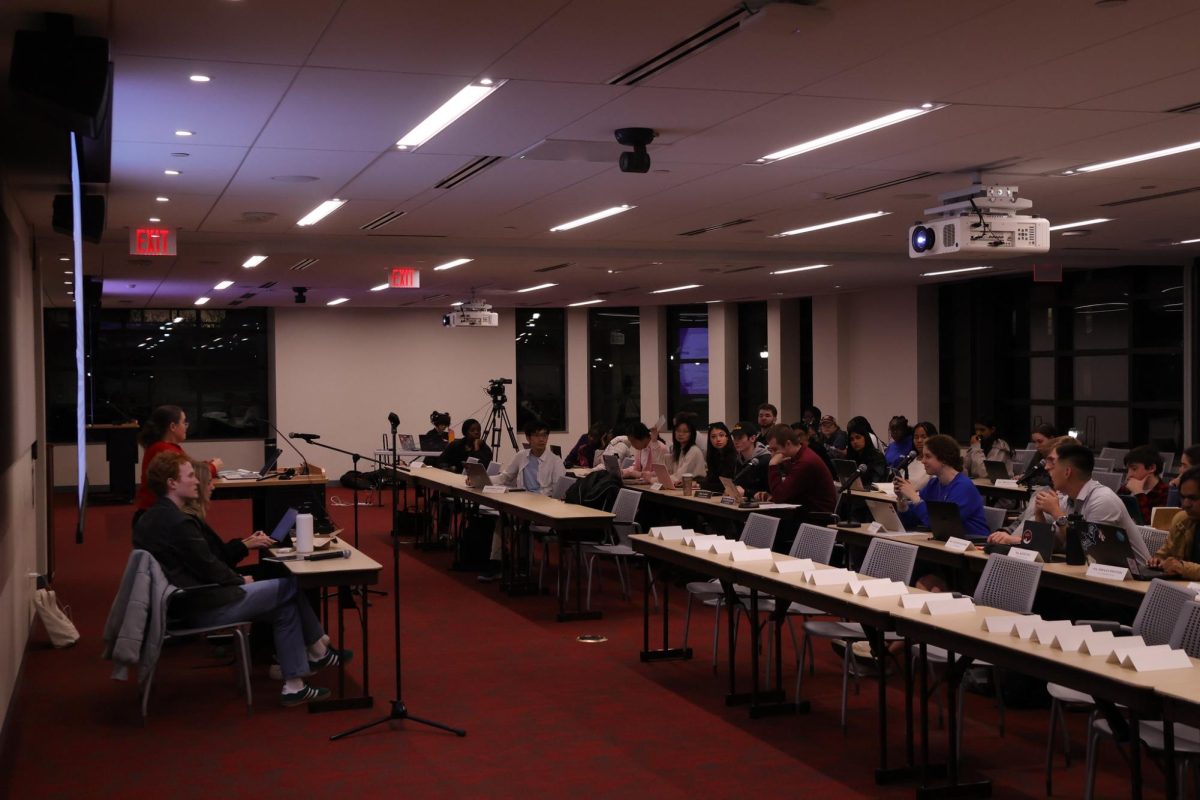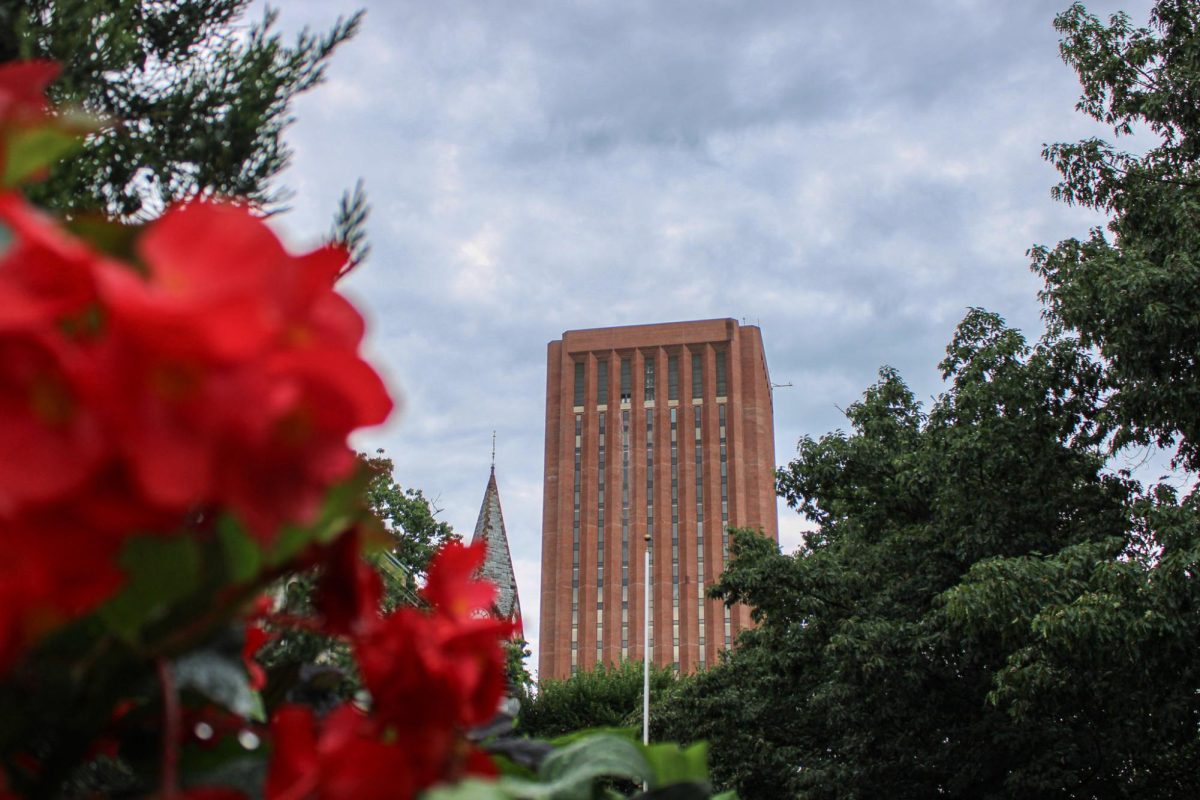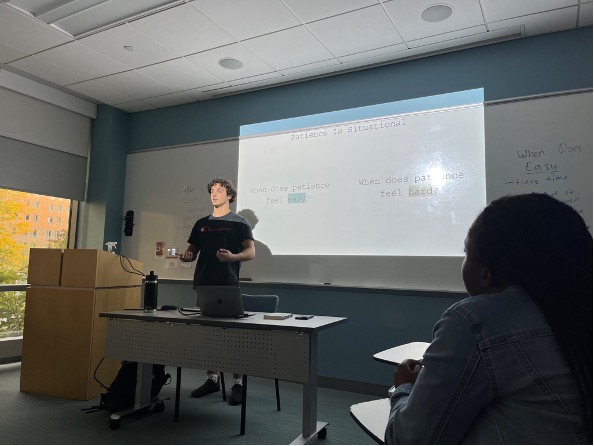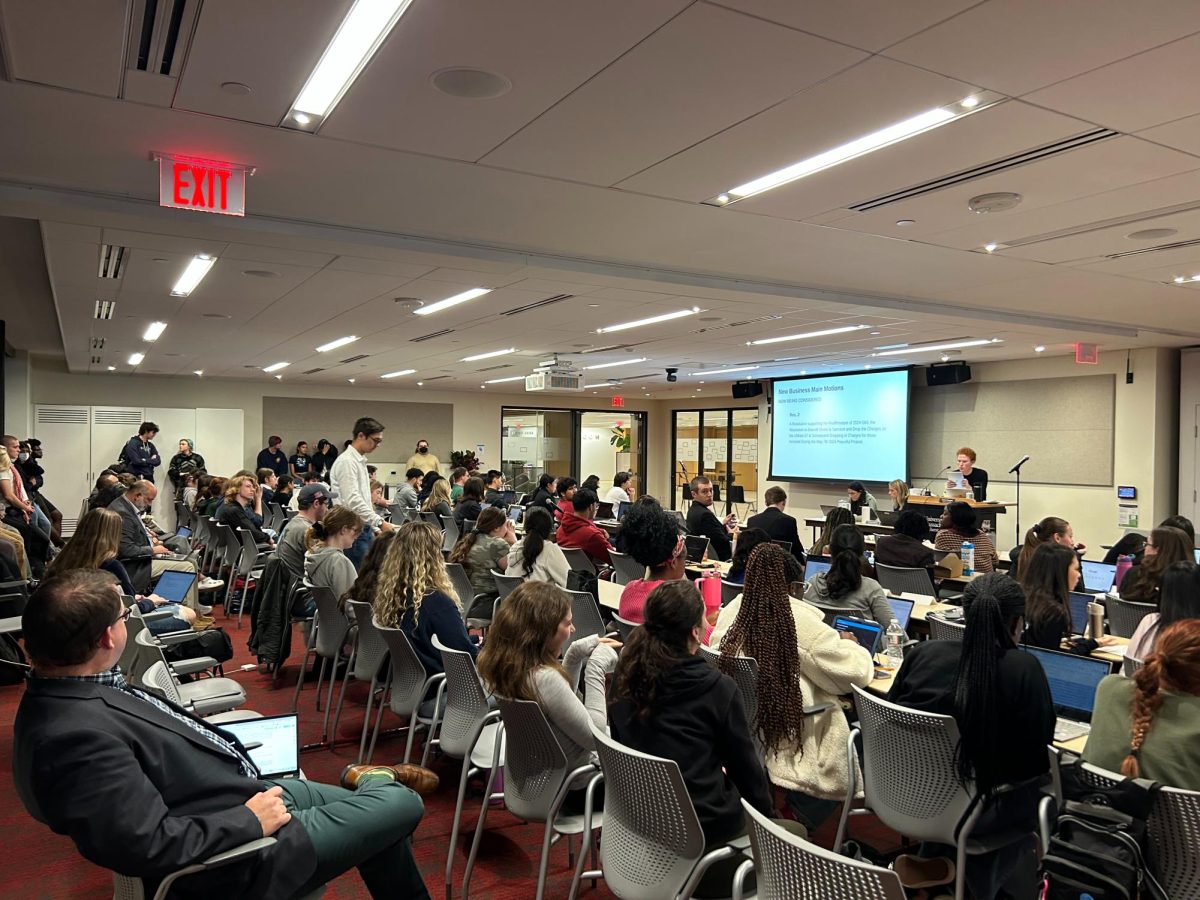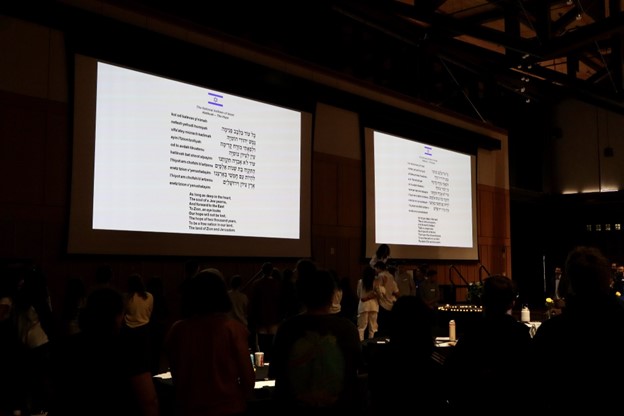With the winter season in full swing, many households are bracing for higher heating costs. Energy experts are predicting that heating prices will be higher than usual, as a result of climate change, along with gas supply chain disruptions due to the war between Russia and Ukraine, according to the World Economic Forum.
This reality stands to impact not only the University of Massachusetts’ ability to heat its infrastructure, but also the off-campus students, staff and faculty who may be facing increased heating bills.
The use of fossil fuels for heating and electricity are major contributors to greenhouse gas emissions. These sources, such as coal and natural gas, however, are still needed to power houses and facilities. Data from the Massachusetts Department of Energy Resources ranks natural gas as the leading heat source for Massachusetts homes, at 51 percent of households.
According to a report from the Environmental Protection Agency, residential air conditioning and heating use during the summer months has increased over a 37-year period, from 1973 to 2020, as global temperatures have become more extreme throughout recent decades.
Although higher temperatures lessen the need for heating during the winter, utility companies struggle to meet demand for cooling systems. This general increase in energy consumption results in many people finding themselves faced with higher energy bills during the winter months.
Regarding reducing heating costs, Renewable energy sources, such as solar, have been steadily growing and are on track to dominate the electricity sector in less than two decades, as reported by Carbon Tracker.
“If you think about the economics of it, it’s really about electricity, because solar produces electricity. So it replaces your electricity consumption,” said Christine Crago, professor of resource economics. Crago studies renewable energy adoption and looks at policy to evaluate the efficiency and financials related to renewable energy.
But at what cost can people afford solar power? “It has been found, empirically, that most solar [photovoltaics] adopters are richer and white,” Crago said. “So that implies that the government is giving a lot of incentives for adoption of solar.”
Massachusetts provides incentives that are directed toward low-income homeowners, such as the Home Energy Assistance Program, in which household members can receive assistance with winter heating bills. Crago noted that Mass Save is another program that provides income-based assistance for energy upgrades, such as discounted or no-cost insulation and rebates on heating equipment.
“Students or families on a tight budget living in homes that are not as energy efficient are going to bear the brunt of increases in gas. There are programs like Mass Save that provide free or really highly discounted weatherization options,” Crago explained.
These programs are crucial for not only energy sourcing, but cost efficiency for families.
There are barriers, however, to these programs. Certain homes may not be suitable for solar, and low-income individuals who are working over eight hours each day may not have extended amounts of time to manage the necessary energy audit process or to fill out necessary paperwork for installation.
“This is an issue because we want the renewable energy transition to benefit all households,” Crago said. “This is an ongoing kind of issue and something that needs to be resolved.”
As Massachusetts continues to incentivize residents to utilize renewable energy methods, other models of energy conservation are being explored. Massachusetts Clean Energy Center’s Community Solar program helps organize different households in sharing an off-site, community-owned system. The program claims that this model is best suited for “homes without available roof space or sun exposure,” along with people who are renters.
“This [community solar] is a whole other big push by the state actually to electrify our heating, so we can supply that heating demand with renewable energy,” Crago said.
Matt Woerman, professor of resource economics, said that energy usage can depend on a few factors. Woerman noted that Massachusetts, “isn’t a really great place to have solar because it’s not super sunny, compared to a place like Arizona, where you might get two or three times as much direct solar radiation as we get here.”
Aside from high demand, the cost of natural gas is another issue, as there has been an increase with inflation and the war in Ukraine.
“I think the big driver was the war for a while,” Woerman said. “There also might just be kind of like, as we’ve returned to more normal after the pandemic, that it’s caused a ramp up in industrial use of natural gas.”
Low-income residents, and others who cannot afford high rates, already stand to be most impacted by the effects of climate change and its fluctuating temperatures. The changes in energy consumption will be another costly impact for low-income residents, already disproportionally affected by the rippling effects of climate change.
For on-campus students, heating is a basic need when living in on-campus dorms; UMass’ residential heat systems are managed by the Physical Plant. According to Campus Facilities and Services, the University’s Physical Plant division is, “responsible for the custodial, grounds, utilities and building maintenance for nearly 7.6 million square feet of administrative, academic, and recreational space at our Amherst Campus.”
Yet many off-campus students face a more uncertain heating situation, where factors like location and utilities can impact their energy bill. Older houses where many off-campus students reside throughout downtown, north and south Amherst tend to use oil; many rely on local oil companies where the bill can be several hundred dollars to fill up a tank. Other living locations, like Puffton Village and Alpine Commons, already include heat within rent.
Political science student Sarah Sirkissoon attested to this, as she has experienced living in spaces with very different heating systems.
“Now that it’s getting colder, I’m so nervous about how expensive it’s going to be. This year we are filling it [the oil tank] up less frequently, but it’s more expensive, on top of other utilities, such as electric and Wi-Fi,” Sirkissoon said.
Crago named some recommendations for off-campus students. “Now would be a good time to talk to landlords about possible weatherization improvements to reduce utility bills. There are also DIY projects that students can do themselves, like putting door strips and plastic covers on windows. These are low-cost actions that can have a substantial impact on energy bills,” she said.
Despite these efforts, the impact of changing temperatures on energy prices is likely to be felt for many years to come. As temperatures continue to rise, the demand for energy is expected to increase, putting further strain on the global energy system.
“While it’s important to recognize how the economy and climate change are intertwined, the discussion and research is still nuanced in trying to come up with solutions to offset the effects of climate change while saving money,” Crago said. “Policies to address these inequities during colder months are going to be important moving forward.”
Olivia Capriotti can be reached at [email protected].















